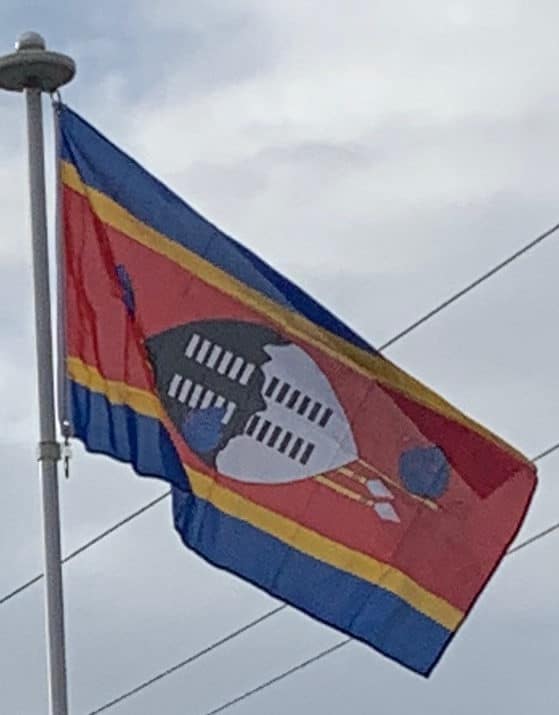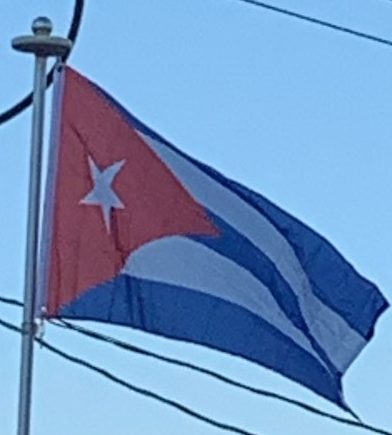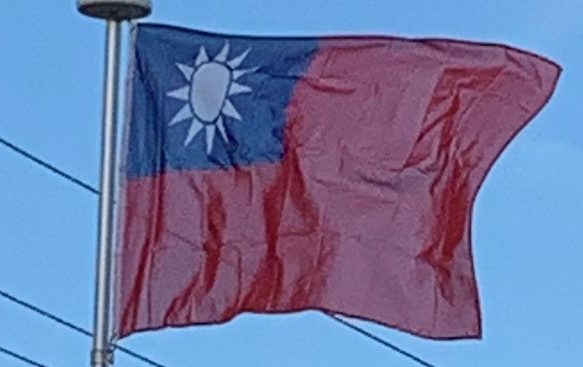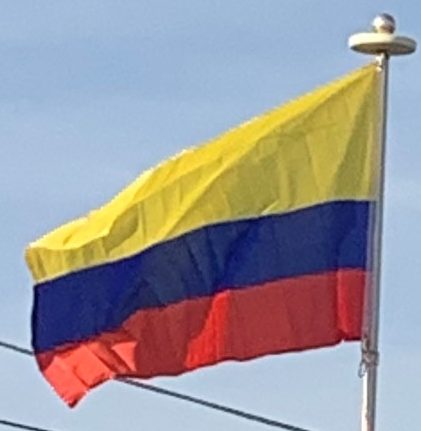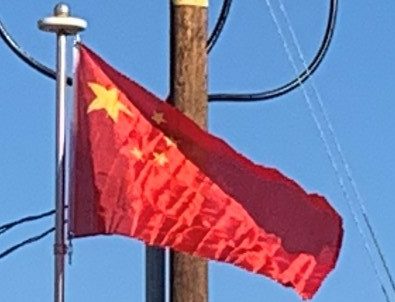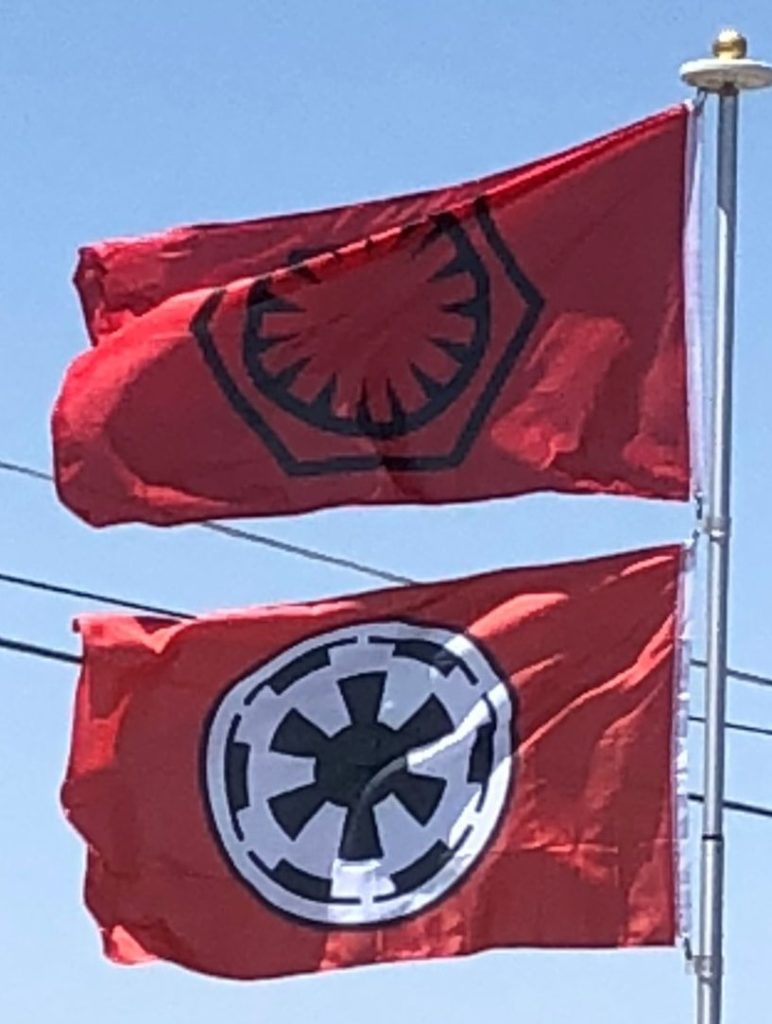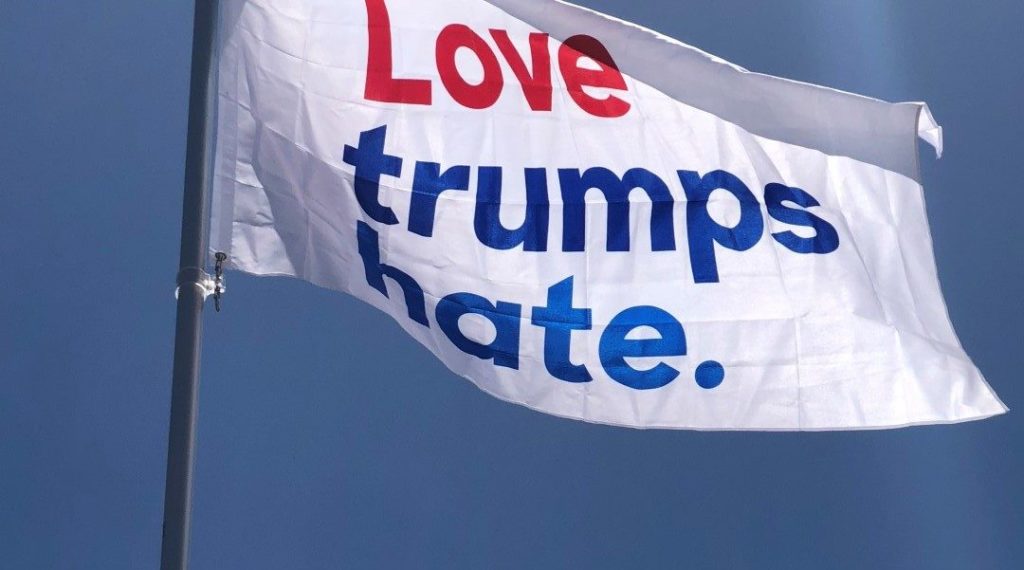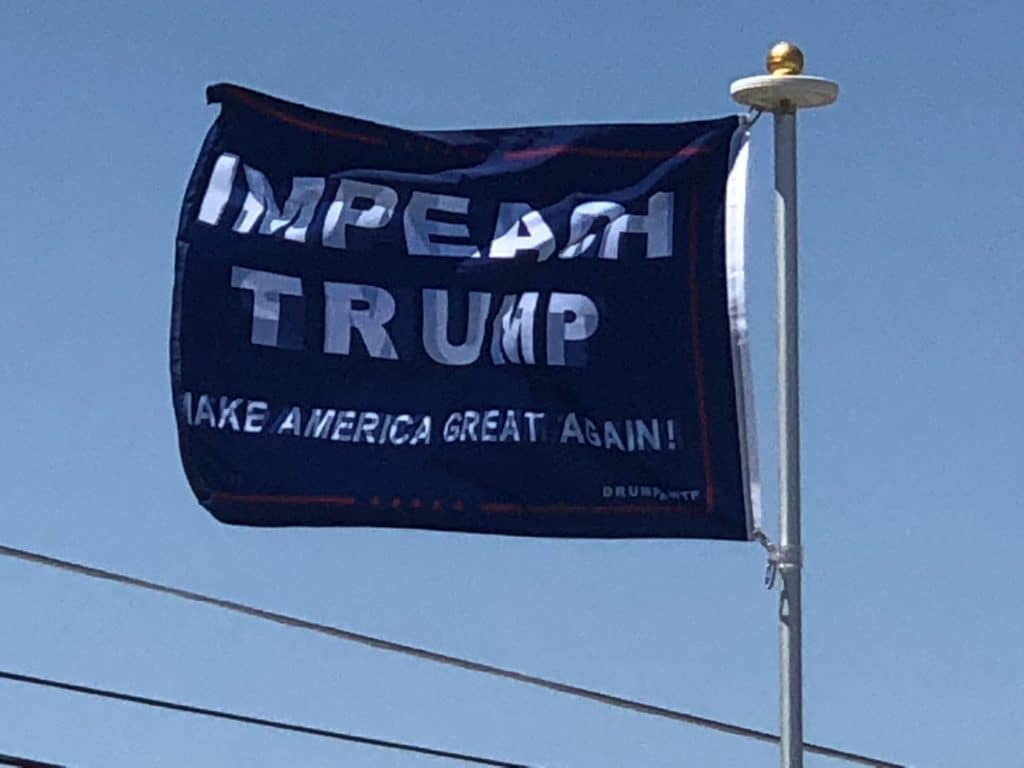Sámi People
The Sami flag was inaugurated during the Sami Conference in Åre, Sweden, on 15 August 1986. It was the result of a competition for which many suggestions were entered. The winning design was submitted by the artist Astrid Båhl from Skibotn, Norway.
The motif was derived from the shaman’s drum and the poem “Paiven parneh” (“Sons of the Sun”) by the South Sami Anders Fjellner describing the Sami as sons and daughters of the sun. The flag has the Sami colours, red, green, yellow and blue, and the circle represents the sun (red) and the moon (blue).

